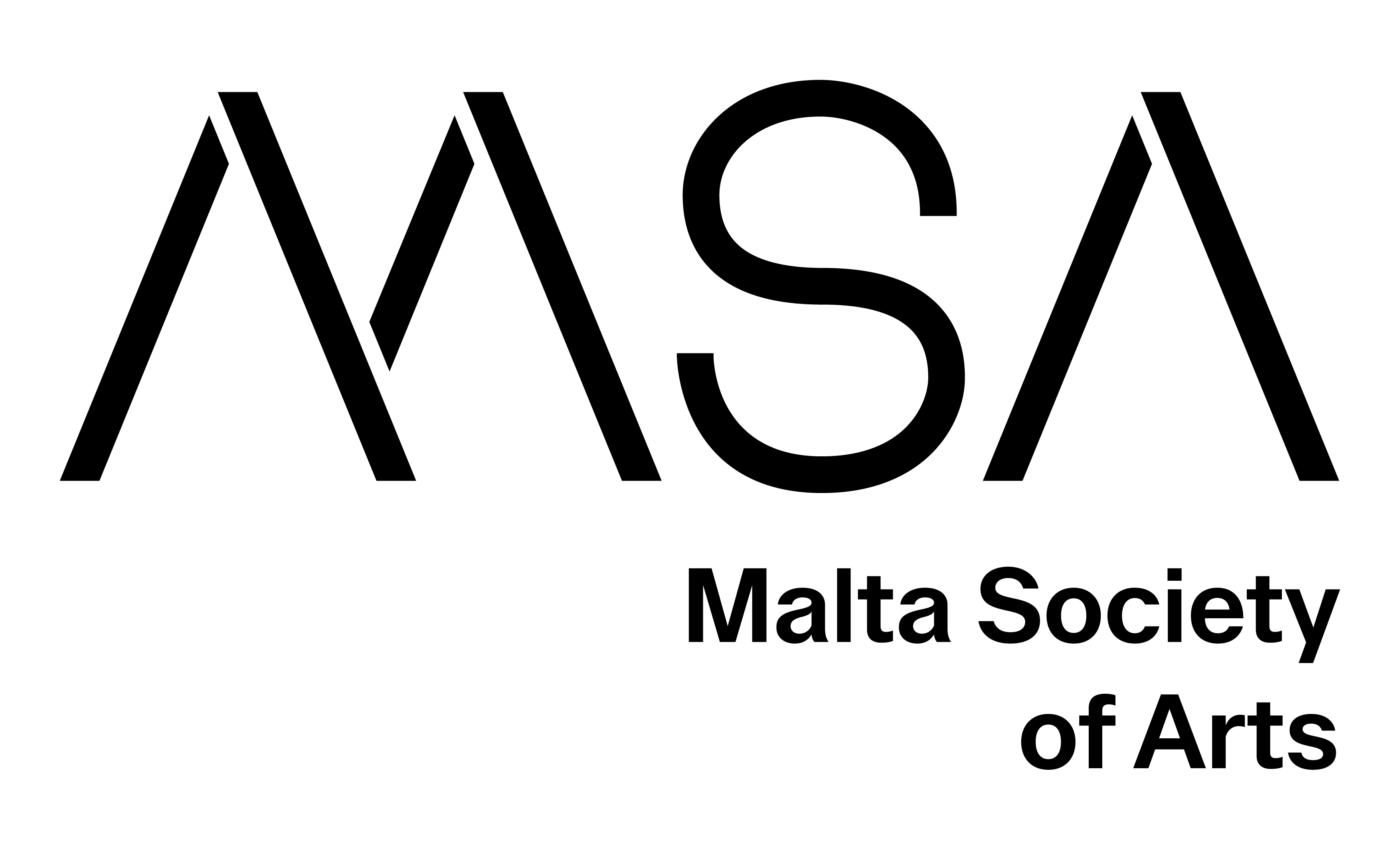Where is live performance in a Post-pandemic world? We are more online, more digital, and more hybrid. There are live and pre-recorded performances, interactive online live performances, live video in-person and more. Although some of these forms existed pre-pandemic, the lockdowns forced makers to experiment and invest in new technologies. Theatre companies have upskilled, becoming efficient in filmmaking and production, expanding their practice and allowing the industry to reflect and reassess how to produce new work.
My work is a form of design-led theatre making using moving images and digital art projected on the performance space with live actors and audience. Recent work investigates Irish women from the past who slipped through the cracks of society into an asylum and obscurity. The work deals with issues of femininity, agency, power, taboo, sexuality and transgression in a world that did not and would not ever understand the complexities of being a human/woman. Today understanding of gender and agency is more widely accepted; therefore, it is imperative to revisit the lives of these women to understand their experiences for a modern audience. Using digital images, digital and information art with live actors allows the makers and spectators to explore the phenomenological experience and transcend these female stories from their tabooed societal perception. The hybridity of film & in-person liveness creates atmospheric and engagement-led storytelling. This paper explores a method of hybrid theatre making, the projected image blended with live performance and why we should create this type of design-led storytelling and why now.
Who are these performances for? How can we tell a person's story when we do not have their voice? The women's stories come from archive records, patient case files and the occasional witness testimony through interviews and diaries. However, how do we embed their voice in the work? Jean Baudrillard theorises that modernity is a simulation and stuck in the hyperreal, but theatre utilises this to explore past mistakes. By using post-modern techniques of digital image and the body, makers can express and represent a devised narrative for a modern audience based on their understanding of the information collected. A space with an immersed audience provides both the human/haptic and the digital/phenomenological interaction is a multifaceted way to experience the past.
Lockdowns have forced the theatre industry to reshape, reimagine and redesign how their audience may experience storytelling. The audience is present again, so let us keep them there and, more importantly, entice them to return. Until 2020, theatre remained the branch of entertainment that constantly competes with television, film and the internet, fighting for audiences, funding and engagement. However, in a post-pandemic world, the use of online and digitisation of play recording has helped widen the scope of access to performance outside Ireland's larger cities and towns.
Sinéad O’Donnell-Carey is a theatre maker and production designer from Donegal, Ireland. Trained in theatre design, Sinéad is a researcher in digital media technology for theatre and performance art, combining visual art practices with the body in the space. Her current work includes Slip, a site responsive and devised performance using digital media. Sinéad is a PhD candidate at ATU Sligo and has an MA in Film & Theatre from NUI Galway and BA in Performing Arts and Theatre Design from IT Sligo. She is on the committee for the Prague Quadrennial Irish team in 2023 & 2019 where she exhibited her work Cuid. Sinéad was the Yeats Design Resident in the Abbey Theatre, National Theatre of Ireland in 2017.
Back







